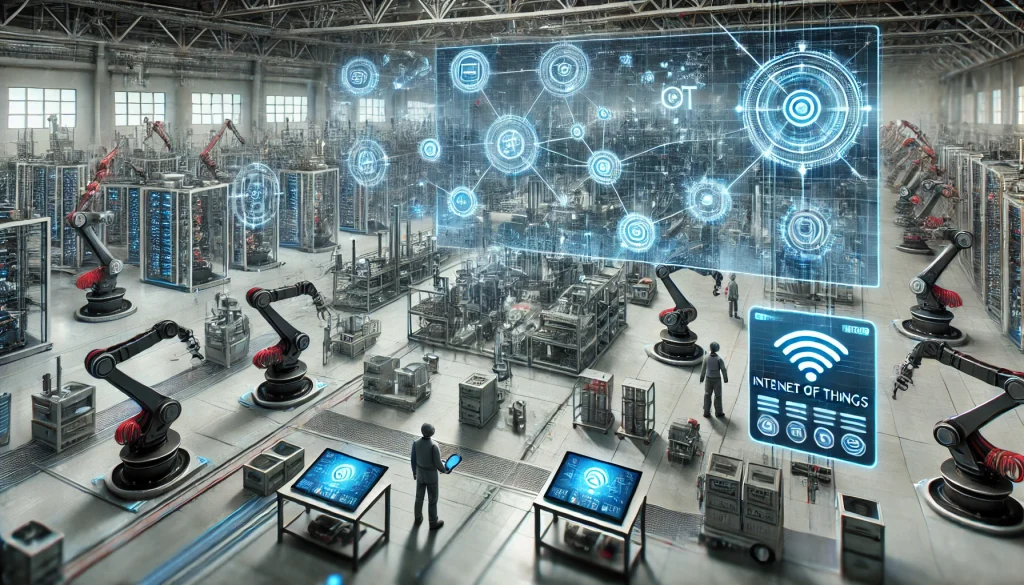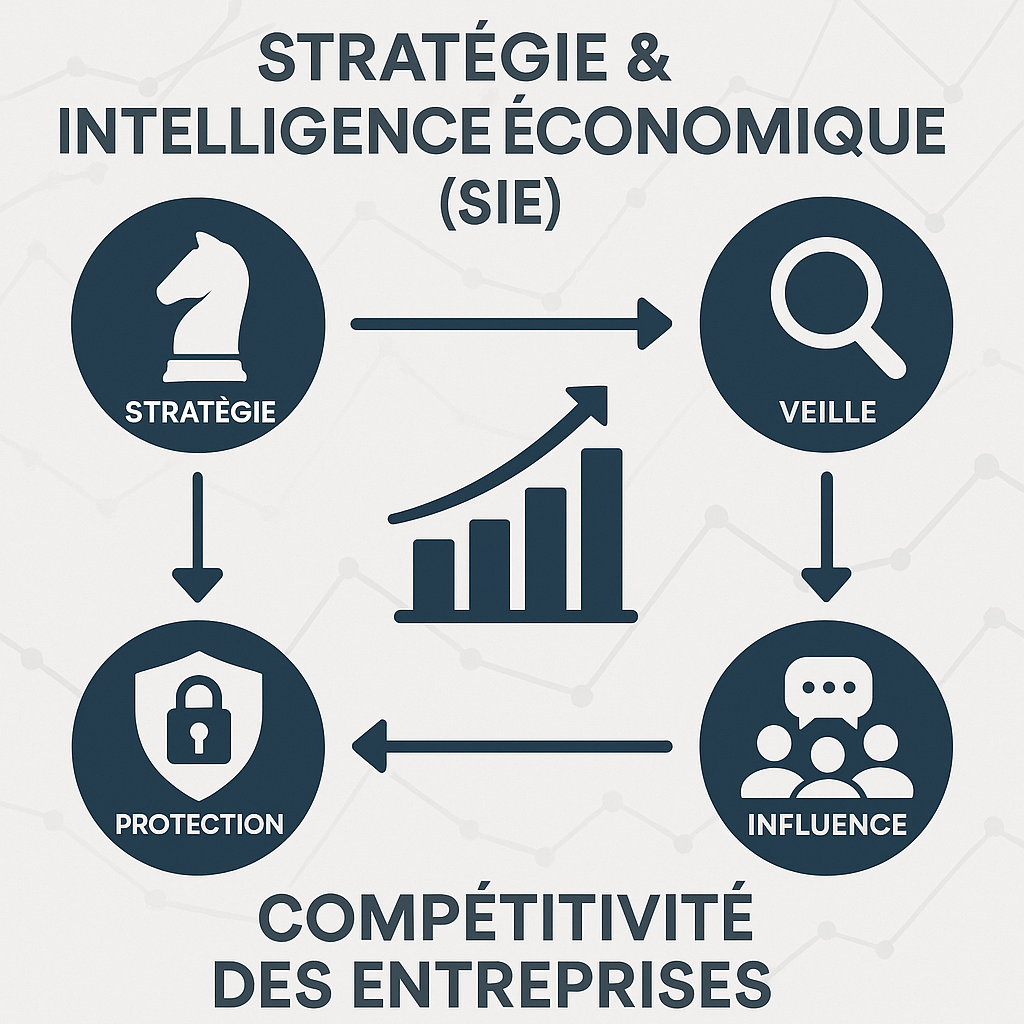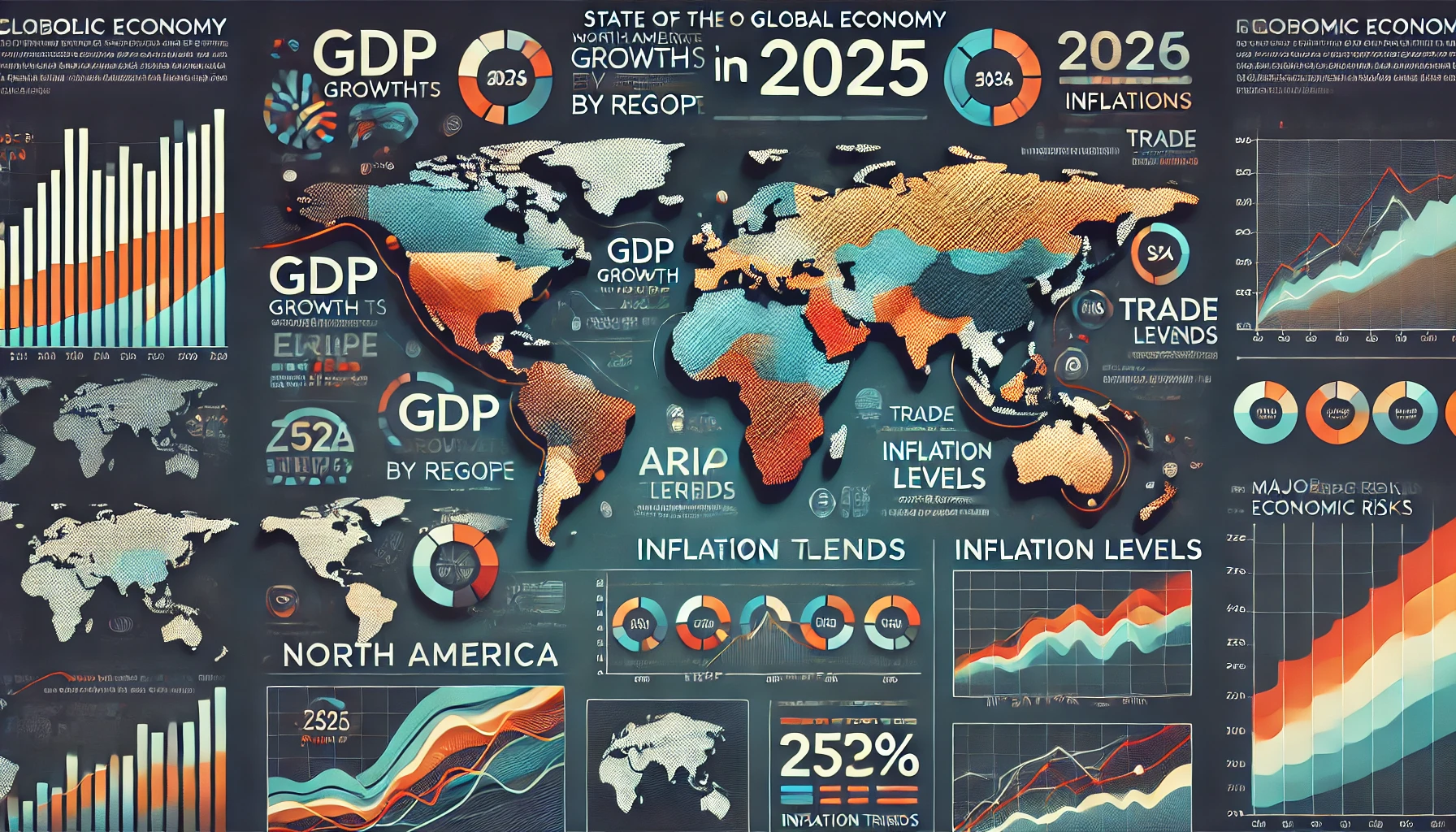The deployment of fast speed cable networks and broadband cellular networks are now allowing to connect anything to the internet. The installation of 5G technology and the deployment of onshore and offshore high-speed networks are allowing to connect more equipment and to provide a higher data transfer rate.
Beyond modern domestic equipment nowadays automatically connected to private WI-FI networks, it appears that many industrial equipment could be managed and connected online via professional platforms, but still remain offline.
The technological evolution and deployment is opening the opportunity to connect manufacturing equipment, medical equipment, buildings, vessels, trucks, or cars to the global network.
The biggest Global markets by revenue are, the Retail Market (USD 23,36tr in 2020), Construction market (USD 10,6tr in 2020), Health & Insurance (USD 4,13tr in 2020), E-commerce (USD 4,13tr in 2020), Oil & Gaz (USD 3,32tr in 2020), Commercial Real Estate (USD 3,16tr in 2020), the Automotive industry (USD 3,1tr in 2020), the Packaging market (USD 1,1tr in 2020) or Medical Devices market (USD 480billion in 2022).
So, what would be the benefits and disadvantages of bringing the global economy and all key global markets online? What are the technical solutions available to go fully digital?
From a buyer perspective:
The key benefit is certainly the possibility to browse across the countries and regardless of the markets, the possibility to identify a qualified vendor and to plan the production of goods, in real time.
A second benefit is certainly to tender or contract a vendor thru the utilization of a thrusted market place platform, meaning the central purchasing platform will carry out the prices negotiation, monitors the RFx and will follow up on the scheduled deliveries and payment between parties, leaving the buyer with the task to place the order online.
Another benefit during a global or local pandemic situation, the benefit to contract third parties’ services providers, to carry out audits, control quality check or inspections.
The inconvenient is certainly for a client to accept, to sub-contract the sourcing process to a third party. Although our client supplier’s database can be customized.
From a vendor perspective:
A key benefit is to be more visible to the market, by switching to online business and by making all production slots available online.
Another benefit is certainly to reduce the work of qualification, requested by every single buyer. Once qualified the qualification will be valid for all transactions and clients.
Then all transactions and payments to be secured by the purchasing platform allowing less burden in credit control check, budgeting and others payment claim costs.
The Smart manufacturing Process:
The process of deployment of the IoT technology, requires three key steps, in order to allow its integration to a Cyber Physical Platform.
The collection of data from equipment, by the utilization of sensors, integrated data protocols, or camera for Ai. Such collection, post storage and transmission of data is realized with multi-IO Gateway custom designed.
The transmission and storage of data to servers online, allowing the data base content to be pre-process and stored in a private cloud, in real time.
The cloud-based data exploitation through dashboard on mobile devices or onsite computers, requiring the development of applications for end users.
Indonesian supplies is having many years of experience in the deployment of IoT technology and is proposing on its markets place products and services providers to assist you in your project here.




